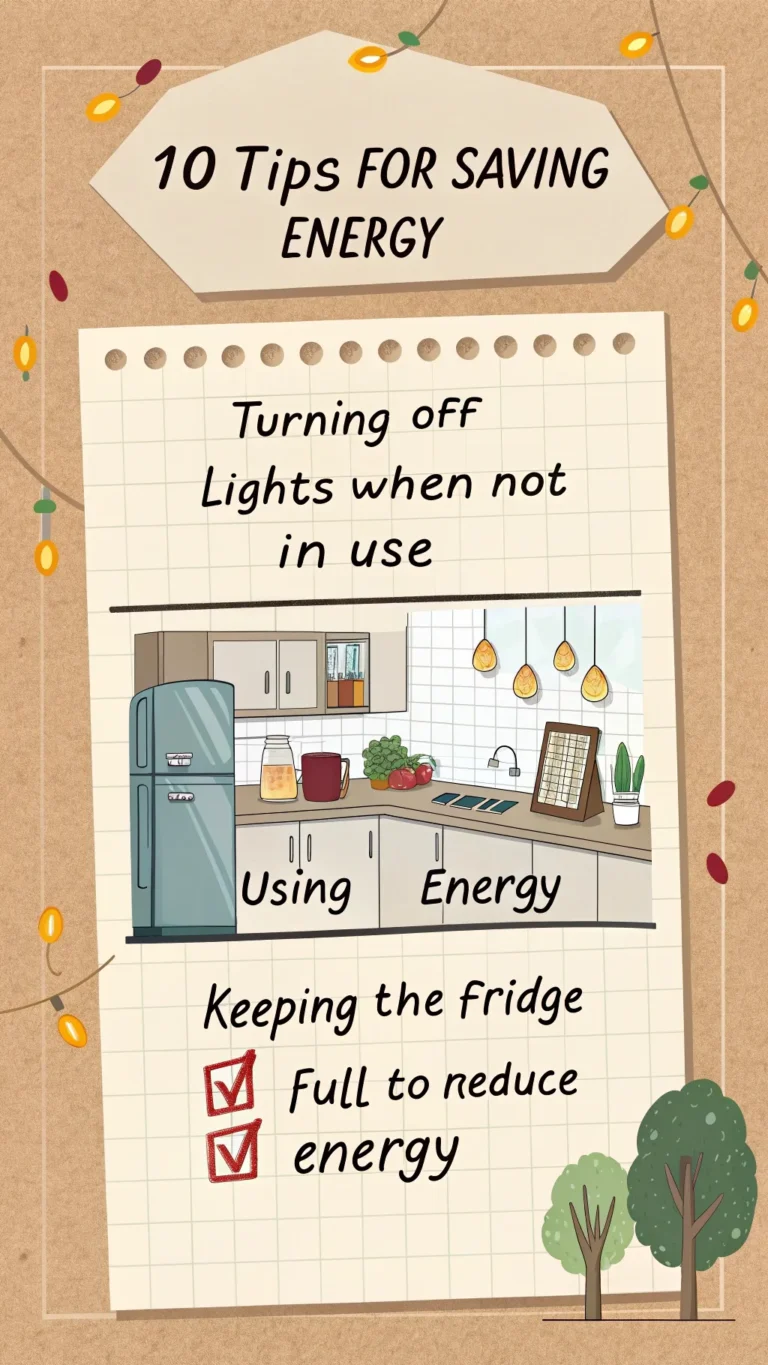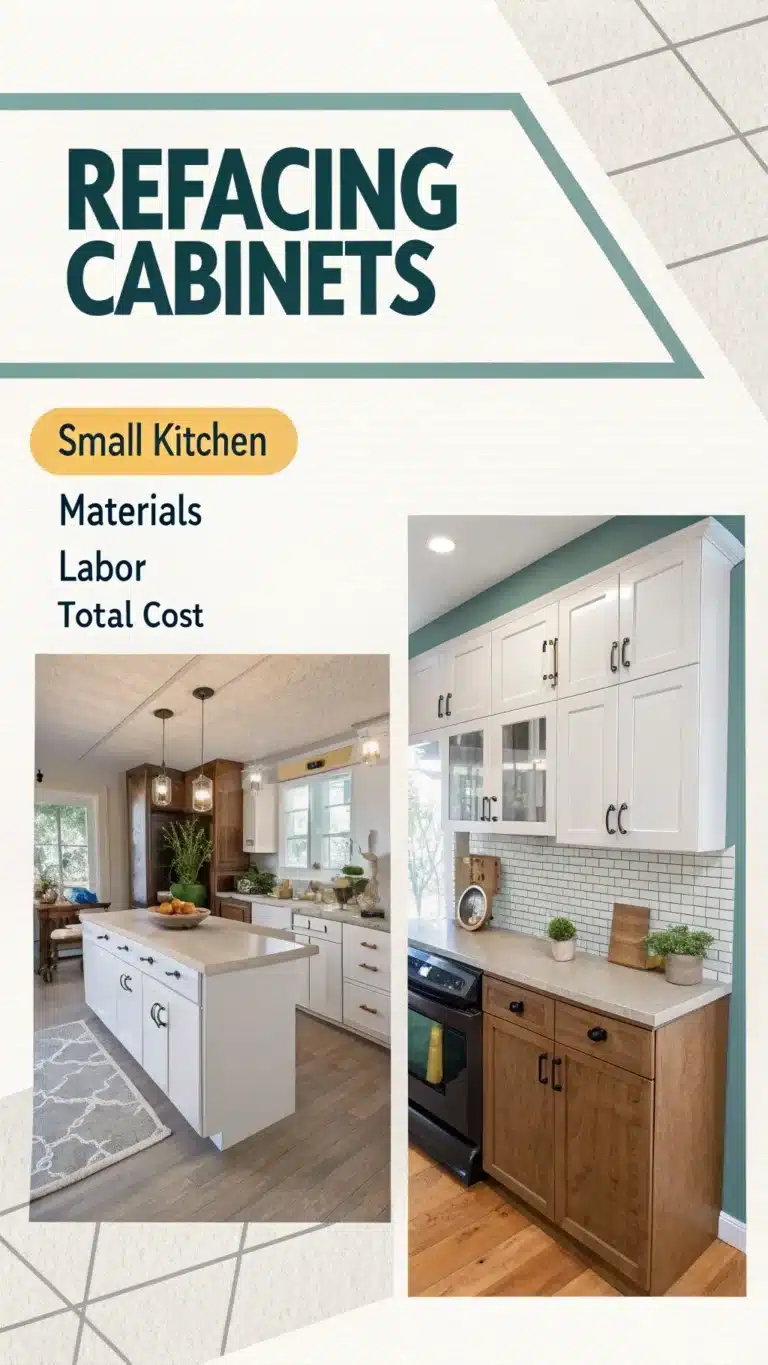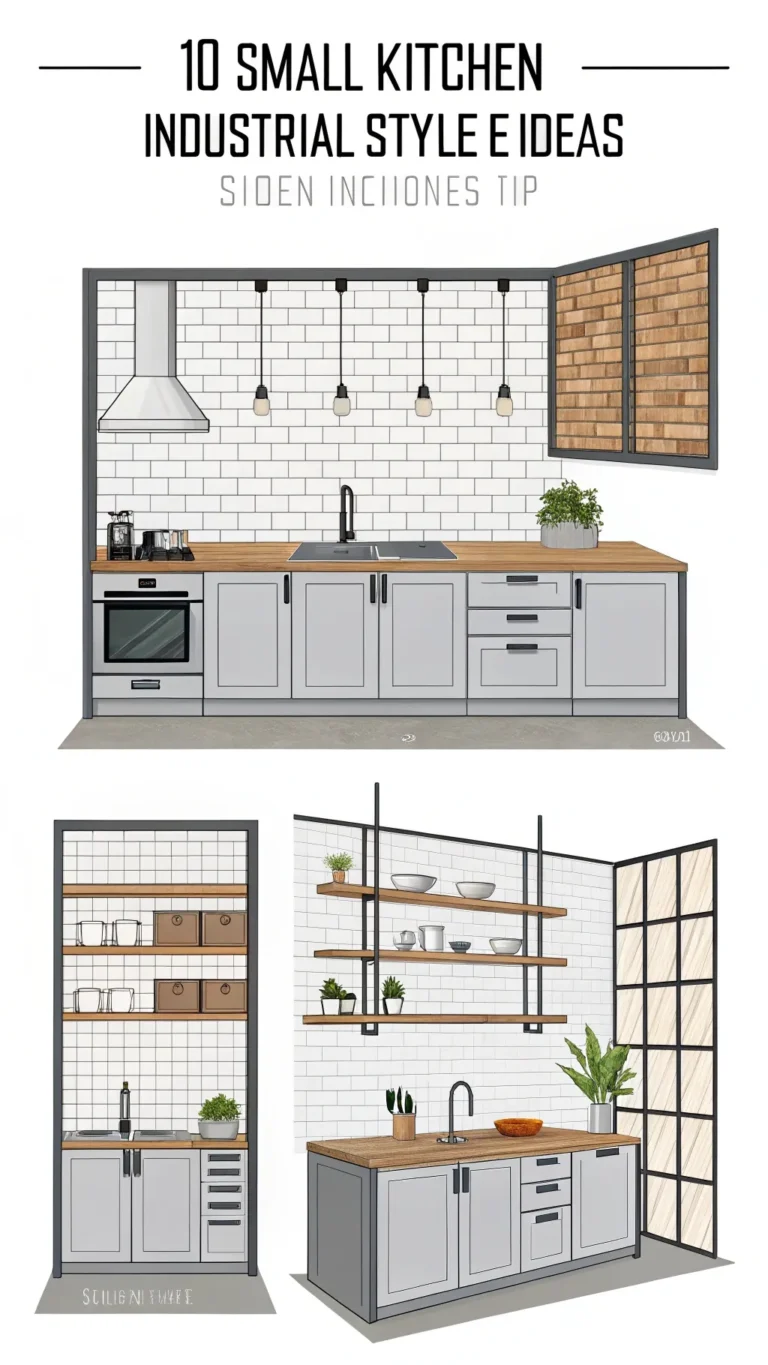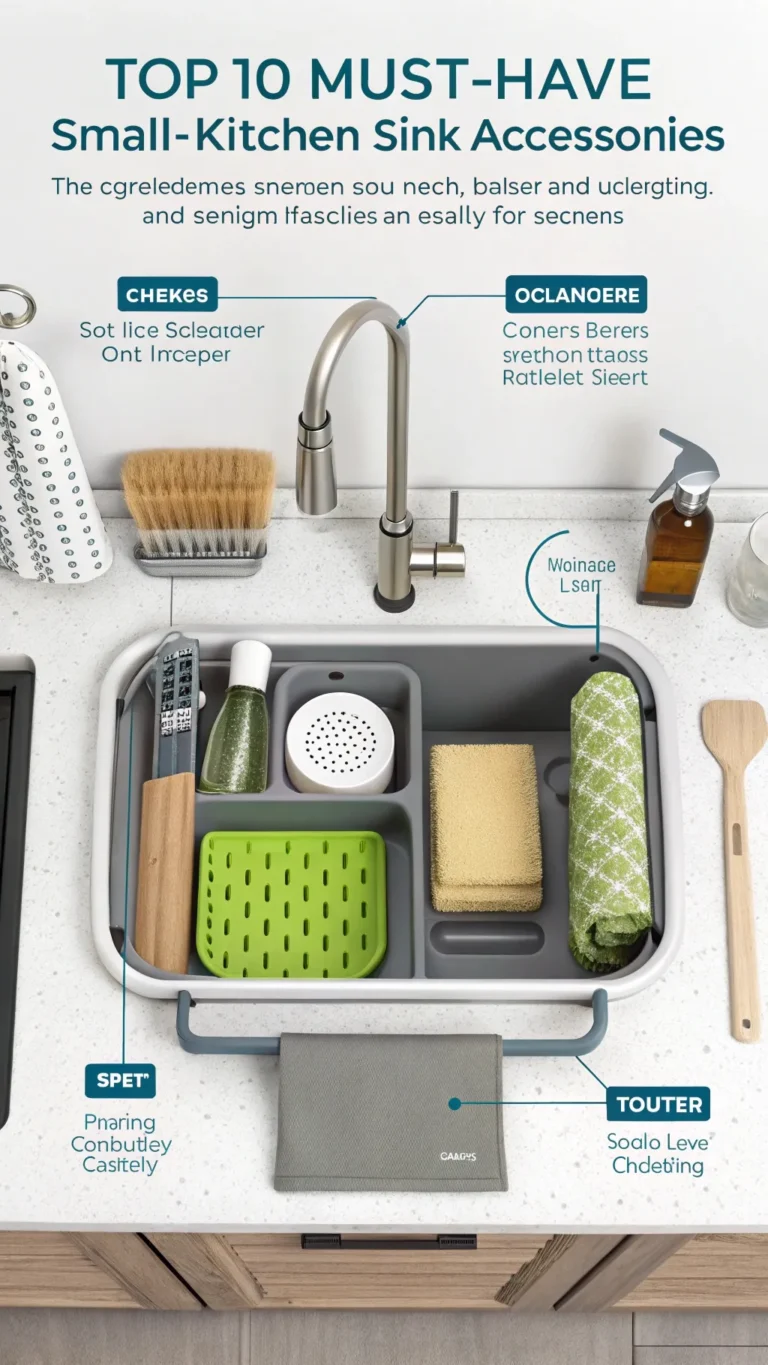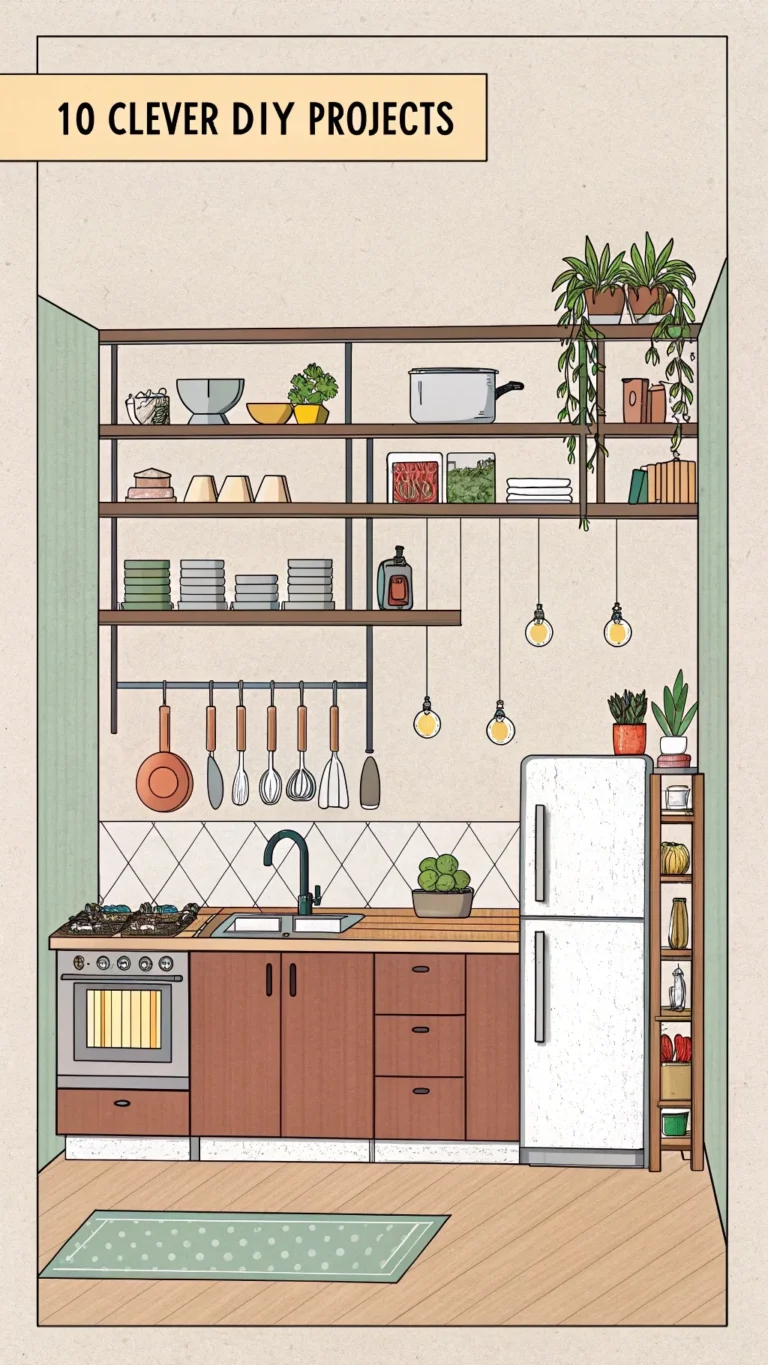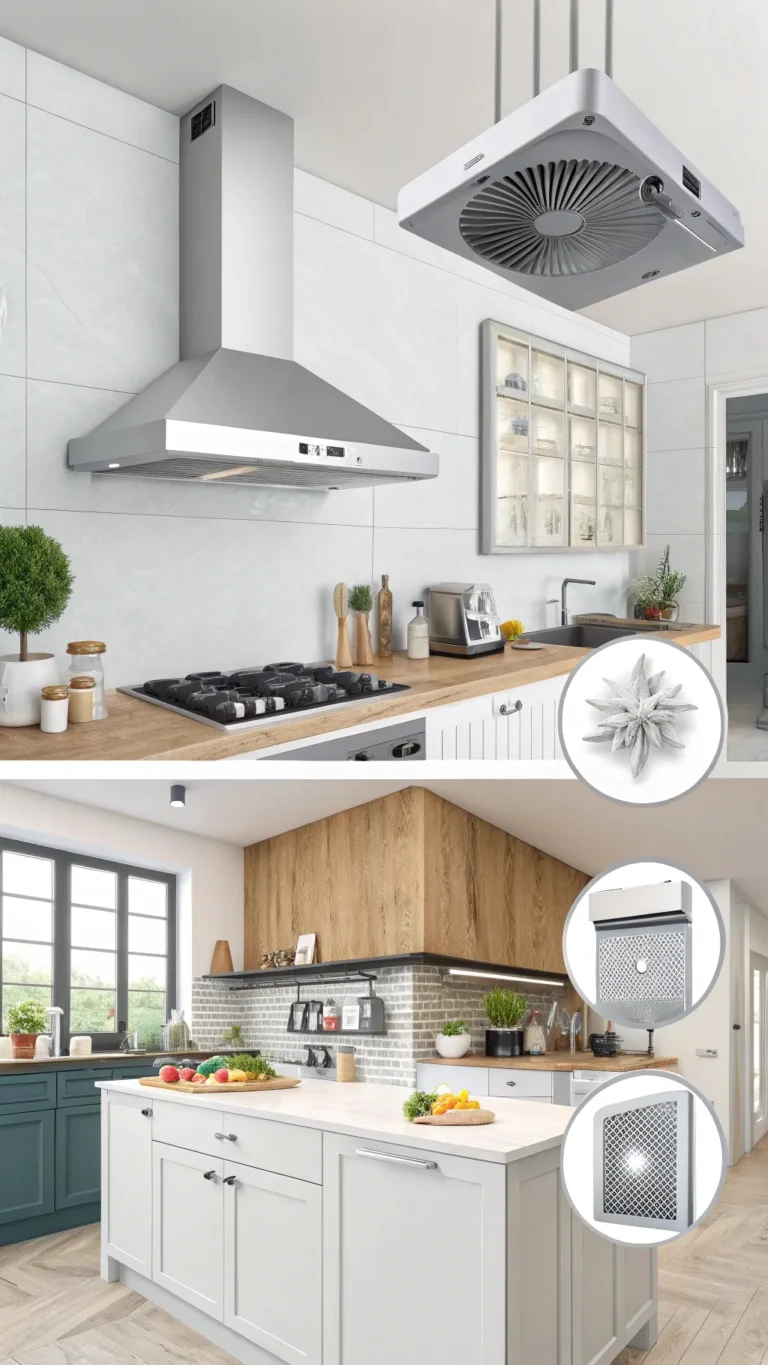My small kitchen once felt dark. Chopping vegetables was hard. Shadows hid important details. Reading recipes felt difficult. Poor light makes cooking frustrating. I learned this over years. Small kitchens have tricky spots. Countertops need bright light. The stove area needs clear visibility. Standard lights often miss these. They leave dark corners. This feels unsafe for cooking. I found recessed lighting. It fits into the ceiling. This saves precious space. It gives clean, even light. It brightens the whole room. Recessed lights work for small kitchens. I want to help you fix this. This guide shares my knowledge. We will plan your small kitchen kitchen recessed lighting layout. I will show you smart small kitchen lighting ideas. Good lighting changes everything. It makes your kitchen design better. We will look at light spacing. We will pick fixture types. We will make your kitchen work great. Cook with confidence.
Understanding Small Kitchen Lighting Needs & Recessed Lighting Basics
Lighting changes everything in a kitchen. A small kitchen needs careful thought. Good light makes cooking easier. It feels safer too. You see your ingredients clearly. Chopping vegetables needs good light. Reading recipes needs bright light. Shadows make tasks harder. They hide things. My own kitchen felt dark sometimes. Finding the right light was key.
Small kitchens have challenges. Tight spaces can feel cramped. Poor light makes this worse. Glare can be a problem. You need light exactly where you work. Limited ceiling space needs smart choices. You need versatile light. Different tasks need different light. Prepping is one task. Eating is another.
Recessed lighting is a great fix. These lights fit inside the ceiling. They sit flush and disappear. This saves valuable space. It gives a clean look. Think of them as hidden helpers. They provide light without clutter. My first small kitchen felt bigger. Recessed lights made that happen.
Recessed lights have parts. There is a housing above the ceiling. A trim piece finishes the look. The bulb or LED goes inside. Housings come in types. New construction is for open ceilings. Remodel housings fit existing ceilings. IC-rated housings are important. They are safe near insulation. I always pick IC-rated ones. Safety comes first in my kitchen.
Trims shape the light. Baffle trims reduce glare. They are good over workspaces. Gimbal trims let you aim the light. Reflector trims make light brighter. Decorative trims add style. For small kitchens, I like baffle trims. They give good task lighting. They don’t blind you.
Recessed lights help small kitchens. They save ceiling space. This makes the room feel open. You can layer different lights. This creates depth. They give even light overall. You can add targeted light too. Place them over counters. This makes a functional kitchen. Small space solutions start with light.
Think about your kitchen zones. Where do you prepare food? Where is your sink? Where is the stove? Each spot needs enough light. Map these spots out. Good planning prevents dark spots. It makes your kitchen design better.
Planning Your Optimal Recessed Lighting Layout
A good plan is essential. Just adding lights won’t work. Especially in a small space. A plan ensures even light. It avoids annoying shadows. It maximizes your kitchen layout. This makes your cooking life better. I learned this the hard way. Random lights felt messy.
Start by dividing your kitchen. Think about different lighting zones. General light brightens the whole room. Task light focuses on work areas. Accent light highlights features. Map these zones. Draw your small kitchen layout. Mark where you chop. Mark the sink and stove. Mark any features you like.
Next, think about brightness. We measure light in lumens. Watts measure energy use. Lumens measure brightness. Kitchens need good lumens. You need enough light to see. A general rule helps. Aim for maybe 50 lumens per square foot. A small kitchen needs less total lumens. But it needs enough where you work.
Now, plan the spacing. Don’t place lights too far apart. General rules exist. Space them about half your ceiling height. So, an 8-foot ceiling means 4 feet apart. Keep them away from walls. Maybe two feet from the wall. This avoids washing the wall with light. It also avoids shadows on counters.
Consider your specific kitchen layout. A galley kitchen is long and narrow. Lights down the middle work for ambient light. Add lights closer to the counters for task. An L-shaped kitchen has corners. Make sure lights reach the corners. Avoid standing in your own shadow. Place lights slightly in front of you. This is key over counters.
Ceiling height matters too. Lower ceilings need closer spacing. Higher ceilings allow wider spacing. Watch out for things inside the ceiling. Joists can block placement. Pipes might be there. Plan around these obstructions. Sometimes you need a professional lighting design.
Here is a simple guide for light brightness:
| Kitchen Area | Light Type | Lumens Needed (Approx.) |
|---|---|---|
| General Ambient | Recessed | 50 lumens per sq ft |
| Task (Counters) | Recessed | More focused light |
| Task (Under Cab) | Strip/Puck | Bright, focused light |
| Task (Sink/Stove) | Recessed/Hood | Bright, focused light |
Draw your plan on paper. Mark your zones clearly. Estimate the lights needed. Think about spacing. This helps visualize the small kitchen lighting ideas. It is the first step.
Selecting the Right Recessed Fixtures & Smart Technologies
Choosing the right light matters. LEDs are the standard now. They use little energy. They last a long time. This saves money over time. They don’t get hot like old bulbs. LEDs fit today’s needs. They are part of a modern kitchen. Energy efficiency is important.
Light has color too. We use the Kelvin scale. It measures color temperature. Low Kelvin numbers are warm light. Think of a candle (2700K). High numbers are cool light. Think of daylight (5000K+). For kitchens, I like 3000K to 4000K. It’s a good balance. It feels welcoming. It still looks clean.
Color rendering index (CRI) is also key. CRI tells you how true colors look. A high CRI is over 90. High CRI makes food look real. Your red peppers look red. Your green herbs look green. This matters when cooking. You want to see true colors. It helps with judging doneness. It makes food look appealing.
Dimmers are wonderful. They let you change the mood. Bright light for chopping. Softer light for dinner. Dimmers save energy too. Make sure your LEDs work with dimmers. Not all do. Check the packaging.
Smart lighting adds control. You can use an app. You can use your voice. “Turn kitchen lights to 50%.” This is very convenient. You can set schedules. They can turn on automatically. Smart lights fit smart kitchen gadgets. They make your kitchen more connected. It feels very modern.
Remember trim types? Baffle trims cut glare. They are great over counters. Gimbal trims let you aim light. Use them to highlight something. Or point light where you need it. Choose trims that fit your style. They finish the look.
Here is a checklist for buying lights:
- Is it IC-rated? (Needed if near insulation)
- What are the Lumens? (Is it bright enough?)
- What is the Kelvin? (Is the color right?)
- What is the CRI? (Do colors look real?)
- Is it Dimmable? (Can I change brightness?)
- Is it Smart compatible? (Do I want app control?)
Check these things before you buy. It ensures you get the right light.
Installation Considerations, DIY vs. Professional & Case Study
Putting lights in takes steps. First, you plan the layout. Next, you cut holes in the ceiling. Then, you run the wires. You connect the fixtures. Finally, you install the trims. Always turn off the power first! Electrical work needs care. Safety is number one.
Can you install them yourself? Maybe. Remodel housings are easier. They fit into existing ceilings. If you have basic electrical skills, maybe. Pros are cost savings. Cons are safety risks. Wiring can be tricky. Building codes exist. You must follow them.
Hiring a professional is often best. Electricians know the rules. They work safely. They handle complex wiring. New construction needs more work. If you are unsure, hire a pro. They ensure code compliance. They often offer a warranty. It costs more money. But you get peace of mind. I always recommend a pro for wiring.
Consider your ceiling. Is there insulation? You need IC-rated fixtures. They won’t overheat. Do you have attic access? This makes running wires easier. No attic? It’s harder. You might need to cut more holes. Patching the ceiling takes work.
Recessed lights work well with others. Under-cabinet lighting is key. It puts bright light on counters. This is crucial task lighting. Recessed lights provide general light. Pendants can hang over islands. Or over the sink. Layering light sources works best. It gives you options. It makes the kitchen functional.
Here is a real example. My friend had a galley kitchen. It was long and narrow. It felt like a cave. One light in the middle was not enough. Shadows covered the counters. Prepping food was difficult. She asked for my advice.
We planned a new layout. We used recessed LED lights. We put them down the length of the kitchen. We spaced them for even light. We also added LED strips. These went under the cabinets. They gave bright task light. We chose lights with high CRI. This made her food look great.
She hired a licensed electrician. The wiring was old. He installed everything safely. He made sure it met code. Patching the ceiling was the last step.
The change was amazing. The kitchen felt bright. It felt much bigger. Shadows were gone from the counters. Cooking became enjoyable. She could see everything clearly. It was a truly functional kitchen now. The layered lighting worked perfectly. It showed the power of good light.
FAQs
People ask many things about kitchen lighting. It makes sense. Good light changes everything. Here are common questions I hear.
How many recessed lights do I need for a small kitchen?
Plan your kitchen layout first. Think about task lighting zones. A simple rule helps. Aim for about 50 lumens per square foot. Space lights evenly for general light. Place more over counters. This ensures enough visibility for cooking.
What is the best color temperature (Kelvin) for kitchen recessed lighting?
I like 3000K to 4000K. This range works well. It feels warm but clean. Look for high CRI too. High CRI shows true food colors. It makes ingredients look right. This really matters when you cook.
Can I install kitchen recessed lighting myself, or do I need an electrician?
You can do some simple jobs. Remodel housings are easier. But wiring needs care. It can be dangerous. I always recommend a pro. A licensed electrician ensures safety. They follow building codes. This gives peace of mind.
How far should recessed lights be from cabinets or walls in a small kitchen?
Space lights about half your ceiling height. Keep them maybe two feet from walls. This avoids shadows on counters. It puts light where you work. Proper spacing prevents dark spots. It improves the kitchen design.
Is IC-rated necessary for kitchen recessed lights?
Yes, it usually is. IC-rated means safe. It handles insulation around it. It prevents fire risks. Most ceilings have insulation. Always check for IC-rated. Safety comes first in my kitchen.
Good light changes everything. It makes your small kitchen feel bigger. Your space looks much better. It helps you see what you are doing.
Planning your small kitchen kitchen recessed lighting layout truly matters. You make your kitchen a functional kitchen. We talked about your needs. Think about task lighting zones. Choose the right LED lights. Color temperature makes a difference. High CRI shows food colors well.
Recessed lights save ceiling space. They give clean lines. They work great with under cabinet lighting. This layering improves your kitchen design. It makes cooking easier. It makes the whole room feel brighter.
Investing in good lighting pays off. Your small kitchen becomes a joy. It works harder for you. Look at your kitchen light today. Think about how you use the space. Start planning your new layout. Make your kitchen shine bright.

